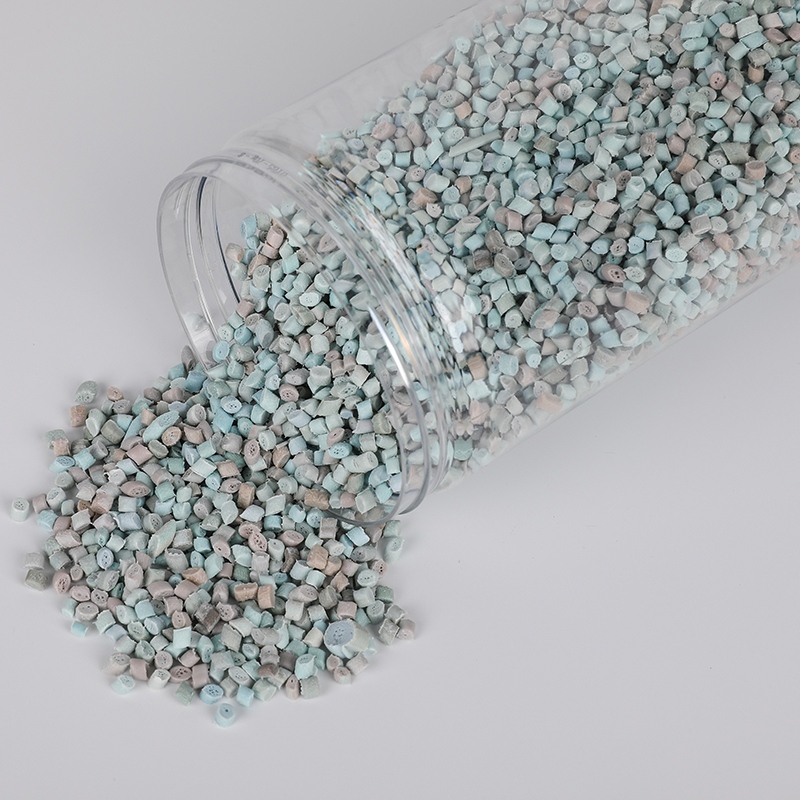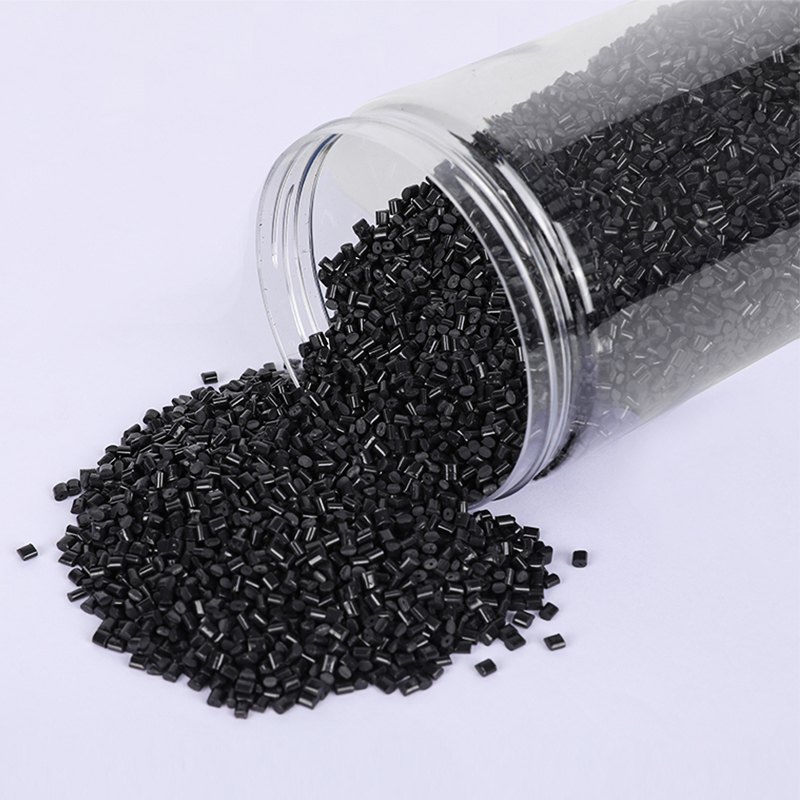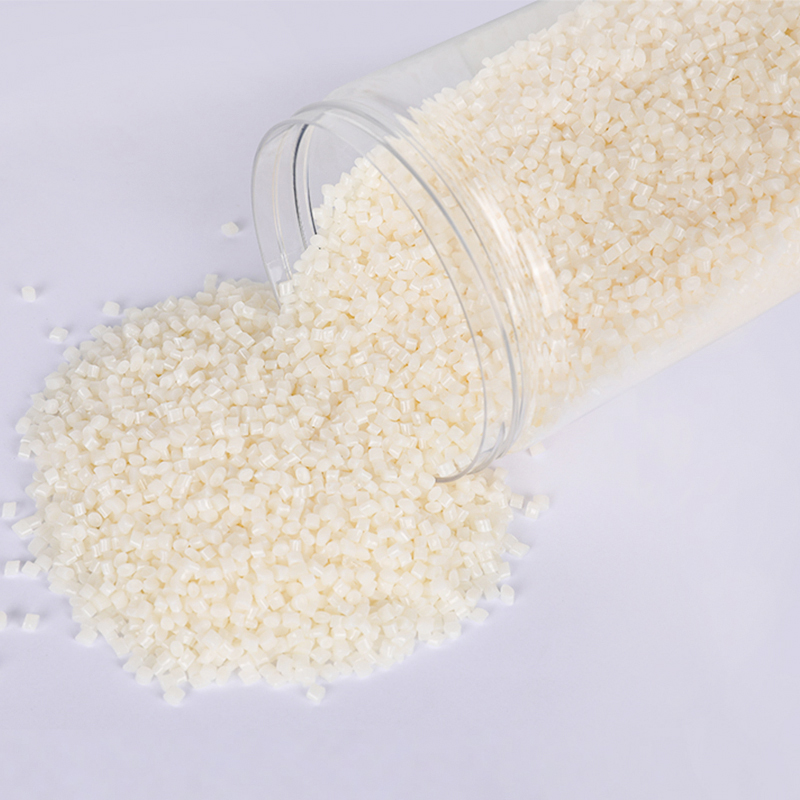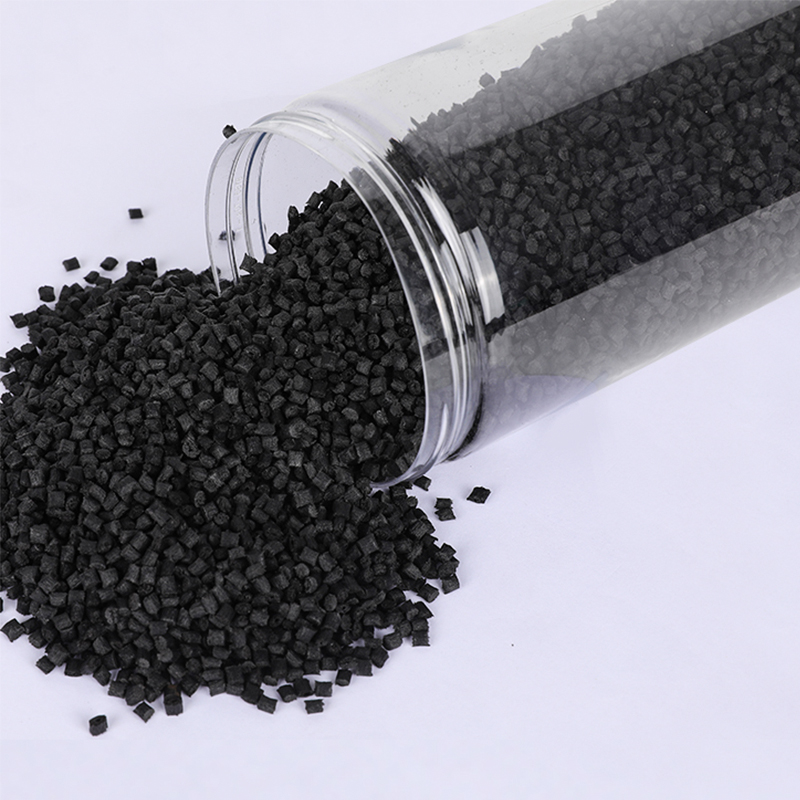Stay up to date with our recent products
Web Menu
Product Search
Exit Menu
What are the current trends in the global LDPE market, and what factors influence its pricing?
Low-Density Polyethylene resin occupies a prominent position in the global plastics market, renowned for its versatility and wide-ranging applications across various industries. As a member of the polyethylene family, LDPE is characterized by its molecular structure consisting of long chains of ethylene monomers linked by carbon-carbon single bonds. This structural arrangement contributes to its unique properties, including flexibility, toughness, and resistance to moisture and chemicals. LDPE's low density makes it lightweight and easily moldable, suitable for producing a diverse array of products such as plastic bags, films, containers, and pipes.
In recent years, the global LDPE market has witnessed significant trends that underscore its pivotal role in the plastics industry. One of the foremost trends is the increasing demand for LDPE in packaging applications. The packaging sector, driven by consumer goods, food packaging, and industrial packaging needs, continues to propel the growth of LDPE consumption worldwide. LDPE's ability to provide effective moisture barriers and its flexibility in forming various shapes make it indispensable in the production of plastic films, bags, and other packaging materials.
Moreover, there is a growing emphasis on sustainability within the plastics industry, prompting a shift towards the use of recycled LDPE. The recyclability of LDPE resin is a key advantage, as it can be melted and reshaped multiple times without significant loss of properties. This focus on sustainability aligns with global efforts to reduce plastic waste and environmental impact, thereby boosting the demand for recycled LDPE products.
The pricing of LDPE resin is influenced by several critical factors. Firstly, fluctuations in the cost of ethylene, the primary raw material used in LDPE production, play a crucial role. Ethylene prices are closely tied to global crude oil prices and supply-demand dynamics within the petrochemical industry. Any disruptions in ethylene supply or changes in feedstock availability can lead to price volatility in the LDPE market.

Market competition among LDPE manufacturers also impacts pricing strategies. Companies adjust their pricing to maintain competitiveness, considering factors such as production costs, market shares, and product differentiation. Regulatory environments and policies regarding plastics production and waste management further influence LDPE pricing. Compliance costs associated with environmental regulations and shifts towards sustainable practices can affect overall production costs and pricing decisions.
Furthermore, global supply-demand dynamics and regional market trends contribute significantly to LDPE pricing. Emerging markets in Asia-Pacific, Latin America, and Africa are witnessing robust growth in Low-Density Polyethylene resin consumption due to rapid urbanization, infrastructure development, and increasing disposable incomes. These factors collectively shape the global LDPE market, influencing both supply availability and pricing strategies adopted by industry players.
The global LDPE market continues to evolve amidst shifting consumer preferences, technological advancements, and regulatory landscapes. While demand remains robust across key sectors such as packaging and construction, the industry's focus on sustainability and cost-effective production methods will be pivotal in shaping future market trends and pricing dynamics for LDPE resin.
As China PCR Recycled Plastic Granules Factory, We always adhere to the experience and philosophy of "keeping up with the times, constantly innovating, developing efficiently, and cooperating for mutual benefit"

Address: No.11, Wangzhuang Section, Provincial Road 01, Daqiao New Area, Economic Development Zone, Haiyan County, Jiaxing City, Zhejiang Province, China
Phone: +86-18058285678
Fax: +86-0573-86868101
E-mail: [email protected]
SUNRISE GROUP(Overseas Exclusive Agent)
www.sunrisechemical.com
2024 ICIS Global Chemical Distributor Top 8
Export Sales Manager:Helen Zhang
Mob/Whatsapp: +86 19883063465
Email: [email protected]
Copyright © Jiaxing Anyiju Plastic Industry Co., Ltd. All Rights Reserved

 简体中文
简体中文 English
English







